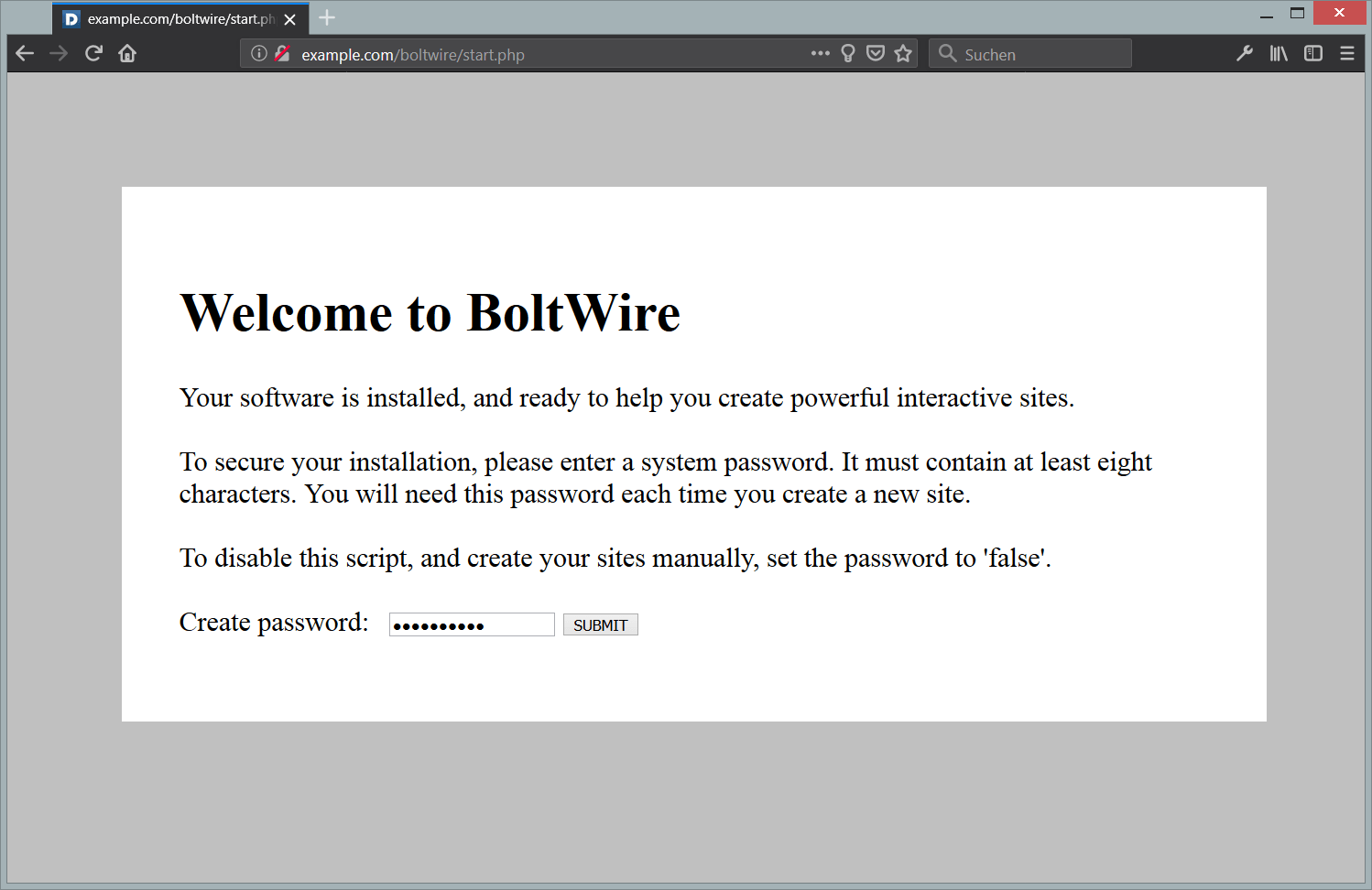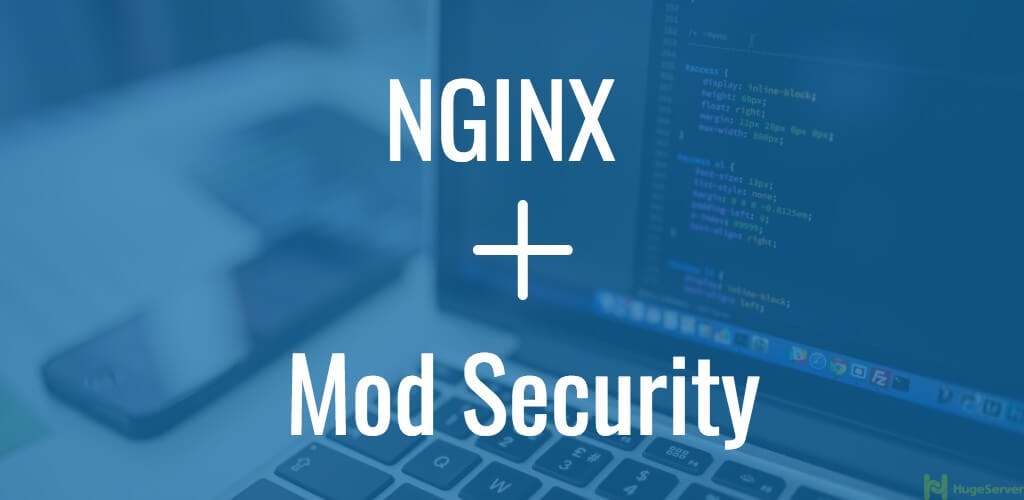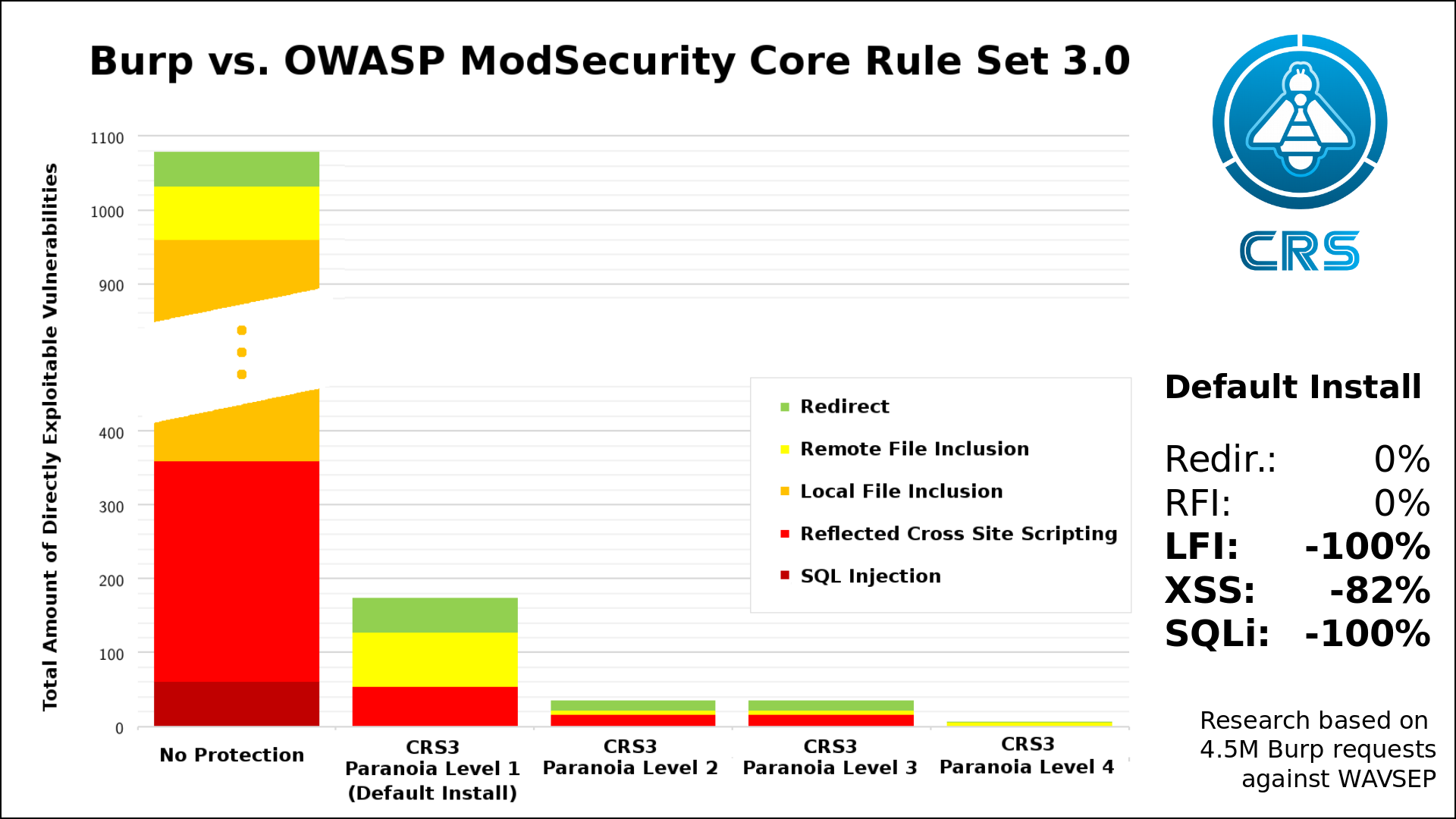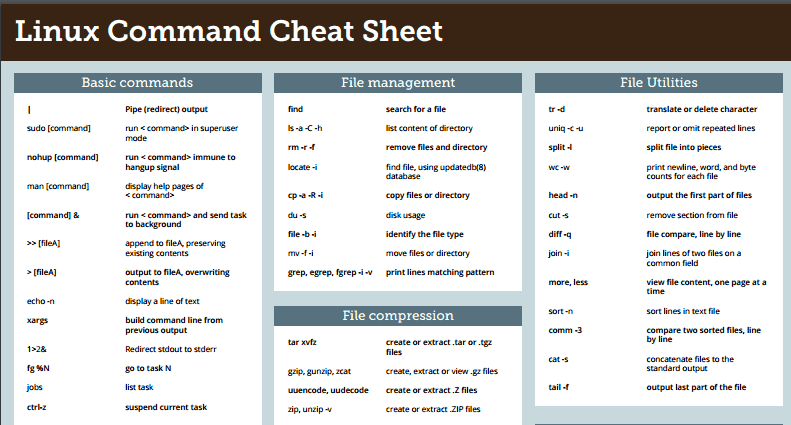Using a Different System?
-
Installing Sponge and Minecraft Forge on Debian 9
In this article, we will be covering the process of installing Sponge, a type of Minecraft server. Sponge is a project that aims to provide the ability to add mods and plug-ins to Minecraft.
Step 1: Gather prerequisites
For this article, we will need the following:
- A Vultr server (a 768MB compute instance will do)
- Java
- The
screenutility - A text editor of your choice (in this article, we will be using nano)
- Root access to the instance
The first thing we’ll do is install Java and screen:
yum install java screen
When it prompts you to accept the installation, type “y” and hit enter.
Then, if you don’t already have a text editor, install one:
yum install nano
Step 2: Prepare your system
This step involves you creating another user for the game server to run as and creating any required directories.
First, create your unprivileged user:
useradd minecraft
Now, log into the user account:
su minecraft
Create a directory for your server and enter the directory:
mkdir minecraftserver && cd minecraftserver
Step 3: Download Sponge and Forge
Assuming you’re already logged into your server, download the “jar” file that Sponge uses. A .jar file is essentially an executable file that Java will run.
Download the file for the 1.8 version of Minecraft:
wget http://files.minecraftforge.net/maven/net/minecraftforge/forge/1.8.9-11.15.1.1902-1.8.9/forge-1.8.9-11.15.1.1902-1.8.9-installer.jar
At the time of which this article was written, the above will download a Minecraft 1.8 Forge server.
Great, now that we have Forge, let’s install it.
Step 4: Installing the Sponge server along with Forge
If you’re using the 1.8 version, execute the following command to install the server and start it for the first time:
java -jar forge-1.8.9-11.15.1.1902-1.8.9-installer.jar --installServer
You will need to accept the EULA for Minecraft (this can be found here: https://account.mojang.com/documents/minecraft_eula) by opening eula.txt:
nano eula.txt
Change eula=false to eula=true, hit “ctrl + x” and “y” to save your changes.
Let’s add Sponge now by entering its directory:
cd mods/ && wget http://files.minecraftforge.net/maven/org/spongepowered/spongeforge/1.8-1577-3.1.0-BETA-1045/spongeforge-1.8-1577-3.1.0-BETA-1045.jar
Step 5: Setting up a startup script for Sponge + Forge
Now that we have a functioning server, all we need to do is create a startup script for the server.
Go back to your home directory:
cd ~/minecraftserver
Open up your text editor by executing nano start.sh and paste the following:
#!/bin/bash
memory="512"
java -Xmx"$memory"M -jar forge-1.8.9-11.15.1.1902-1.8.9-universal.jar
Remember to change the value 512 into the amount of memory you want to allocate to the server (in megabytes). For any Vultr instance, it is recommended that you leave some memory (~128MB) for the system to run properly as you run the server.
Hit “ctrl + x” and then hit “y” to save. Now, set the permissions on the file to allow execution: chmod 755 start.sh
Good job, you’ve installed a Forge + Sponge server. All that’s left is to run the server.
Starting the server
As we want the server to persist when we close our terminal, we need to open up a virtual screen:
screen
./start.sh
You’ll be able to view the console, and it’ll stay up even if you close your terminal/console.
Conclusion
In this article, you learned how to install Sponge and Forge to allow for server plug-ins and mods. Have fun with your new Minecraft server!
Want to contribute?
You could earn up to $300 by adding new articles
Suggest an update
Request an article








